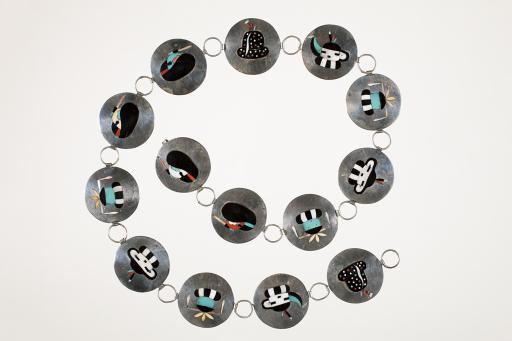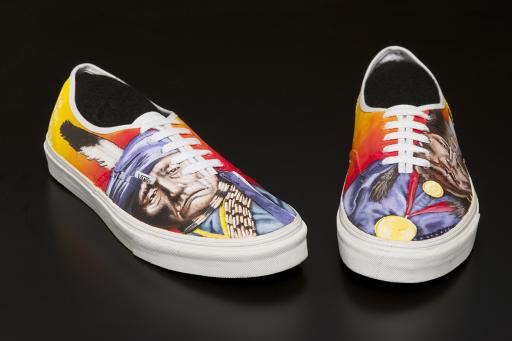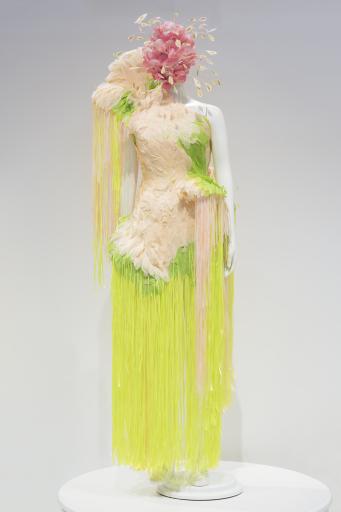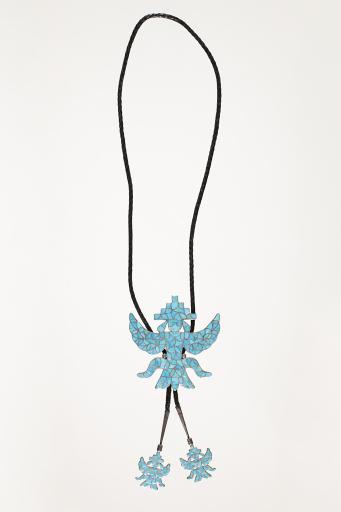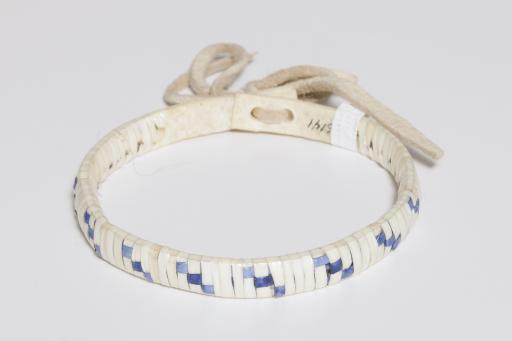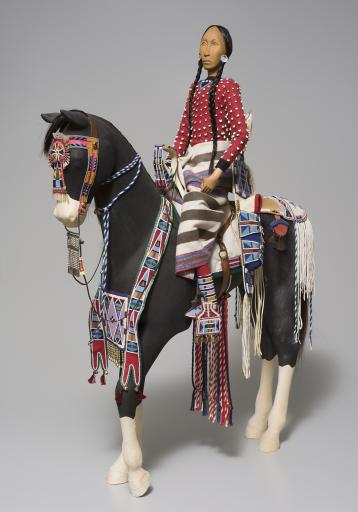Native Fashion
Sam & Connie Perkins Central Court, Dolph Simons Family Gallery, Estelle S. & Robert A. Long Ellis Foundation Gallery
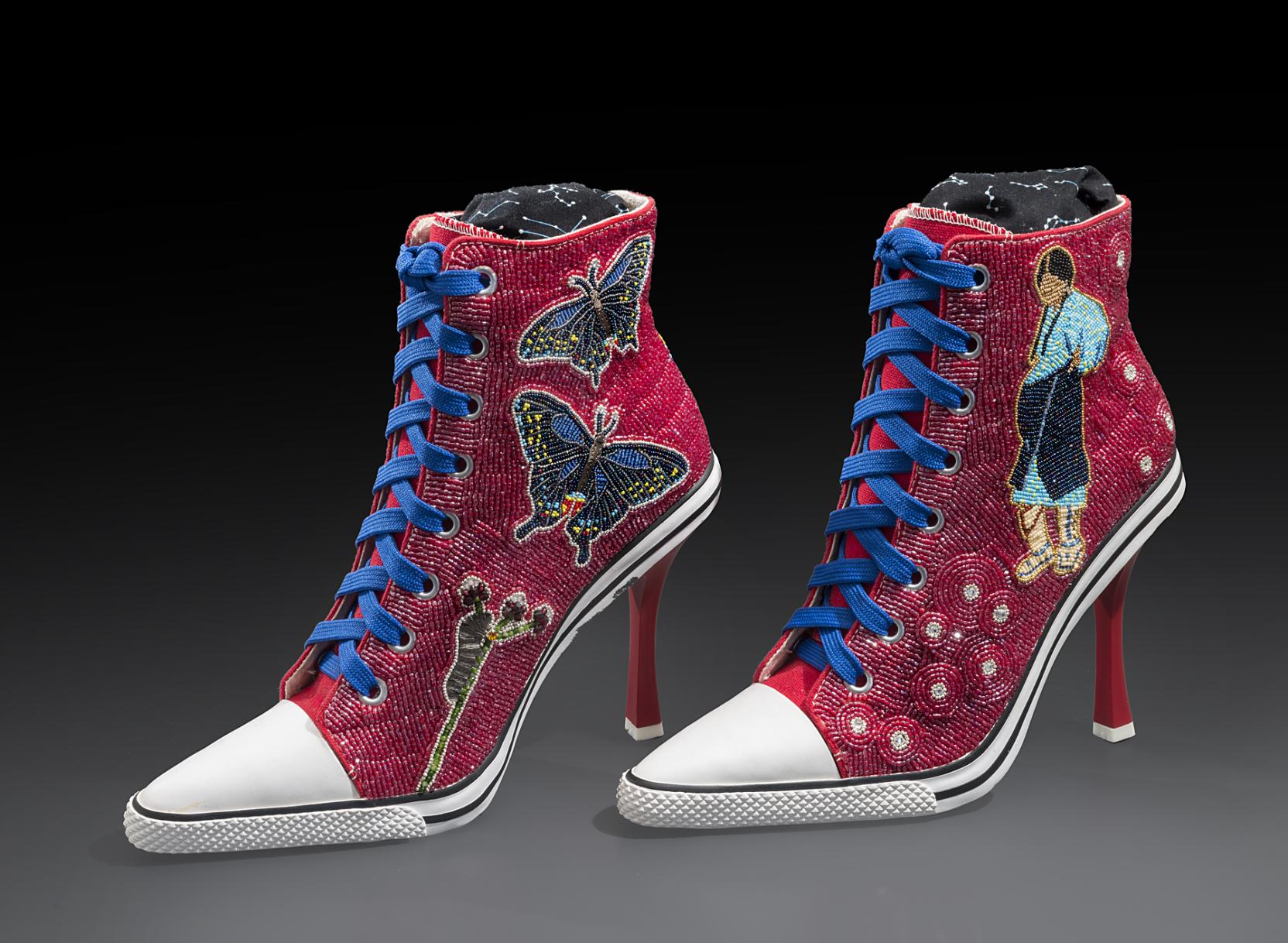
Teri Greeves: Spider Woman/Emerging Woman, 2015, Collection Nerman Museum of Contemporary Art, Johnson County Community College, Overland Park, Kansas, Gift of the H Tony and Marti Oppenheimer Foundation, EL2024.018.a,b
Supporters
This exhibition and related programming are supported by the Kansas Arts Commission; the Lawrence Cultural Arts Commission and the City of Lawrence; a KU Racial Equity Research, Scholarship & Creative Activity Fund; KU Student Senate; the KU Office of Diversity, Equity, Inclusion & Belonging; Friends of the Art Museum; the Linda Inman Bailey Exhibitions Fund; the Judith M. Cooke Native American Art Fund; and generous donations from Mary Beth and Patrick Musick, Kevin and Deb Boatright, and Elizabeth Schultz.
Exhibition Resources
Explore this exhibition in our online collection to find a complete object list, label text, and additional images.
